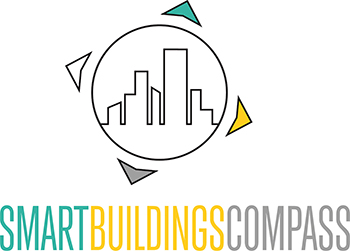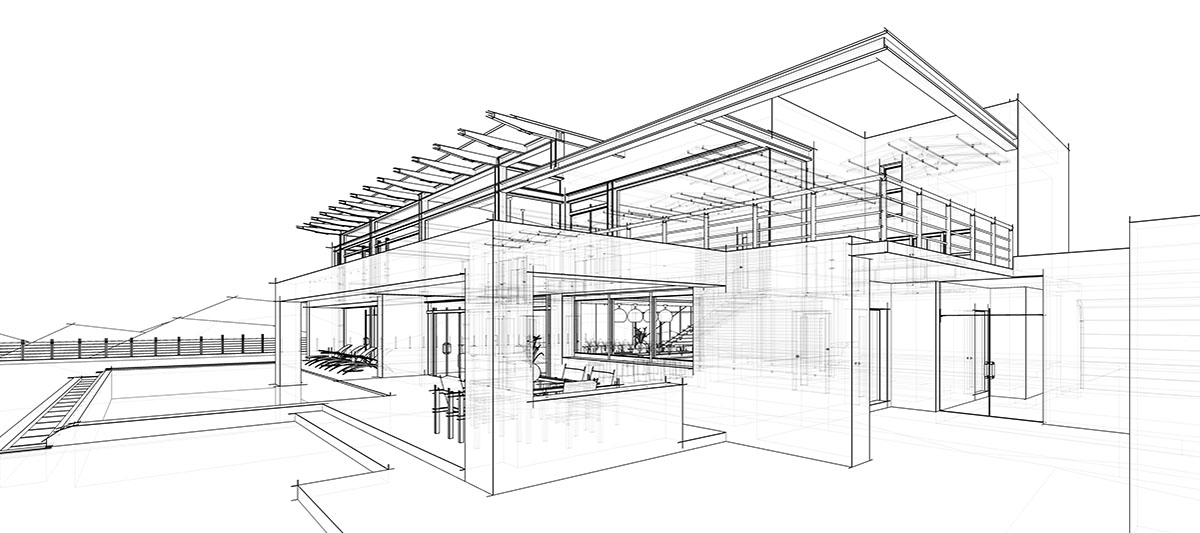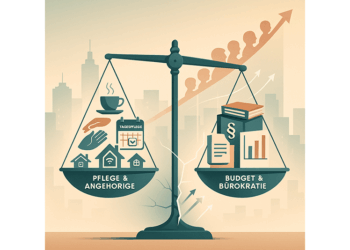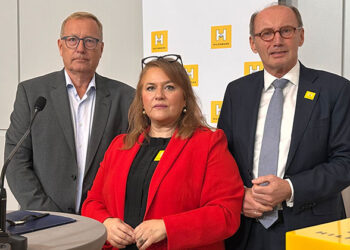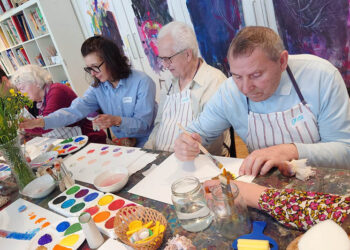
A commentary by:
Ludwig Krenn, architect from Tulln/Lower Austria. Working under the motto “living inspiration”, he does not sell plans, but “a living experience”. He is convinced that this is exactly what people are missing.
More information under: www.ludwigkrenn.at
Our homes are changing very slowly - why is that?
The first smart buildings are already more than 20 years old. Many options are available to us, but we don’t seem to be taking advantage of them. Why is that?
Today, we can customize our homes more individually than ever before. Just as the house can be networked, so can many other things. However, there is one major mental barrier: We are not yet capable of it. The fear and curiosity of new things is present, and the possibilities change much faster than we do.
An example: The transition from clay houses to brick construction took generations, about 30 years. Now we live in houses made of concrete, insulated with Styrofoam panels – that has changed in just 5 years. But the individuality has become only moderately stronger: The floor plans of the houses are often still structured in the same old way of thinking. We still use the same wardrobes, the only thing that has changed are the fronts.
Do you see a dynamic in the way we live coming towards us?
In the past, people got married once in their lives, but today we are often only involved with temporary partners. Houses and apartments should also follow this development. For example, what shall I do with a 180m2 house after the children are grown up? There is still a lot of old thinking in these decisions. However, this also gives rise to the fundamental challenge: We have to deal with housing and living more intensively.
What does this slow social development mean for new technologies, for smart buildings?
Of course, this also has an impact on the smart home sector: Consumers have no idea what a smart, intelligent home means. They can only see what they are shown.
Today, for instance, shoebox architecture – white block-like apartment units – is very modern. This architecture already existed in Prague at the end of the previous century, around 1890. Even 100 years ago, in addition to people’ curiosity, there was also a sense of being afraid of something new. That means we are not that fast in developments.
This slow development can also be seen in photovoltaics: Albert Einstein was awarded the Nobel Prize for this technology. (Albert Einstein received the Nobel Prize in 1921 for the discovery of photovoltaic laws.) About 70 years later, photovoltaic cells have begun to be produced. But it turns out: Such cycles used to take a long time; it’s getting faster now.
What’s the reason for this slow development?
For example: Our cell phone can be used for at least 100 different activities, but we only mentally understand ten of them. If we explain to someone that the cell phone has 10 great features, special sensors, and the battery now lasts for a week – that’s a great thing. In reality, only a few people are interested. It takes a lot of time and effort to deal with it, and the technology is becoming more and more complex. We face the same challenges when it comes to our housing.
Dealing with new technologies means a lot of work. Companies have to think a lot ahead, and a lot of work has to be done.
This means that companies need to prepare very precisely.
Developing buildings is a delicate and demanding matter, including constant renewal. For example, I have to address the life cycles of the occupants: A young person has different needs than an older person, but young people become older, too. I believe a house must be intelligent on its own. It has to be finished and functional, and because of the speed of development nowadays, customers should be able to develop it further – if they want to.
The challenge is to develop a house that provides peace of mind for the residents. And if someone wants to jump on a new concept it should be possible. I see smart home as an education, where you can jump on all kinds of different trains.
Author: Anja Herberth
Chefredakteurin
